Essential Rhythm Interpretation Skills for Nurses from Marcia Gamaly
$219.00 $65.00
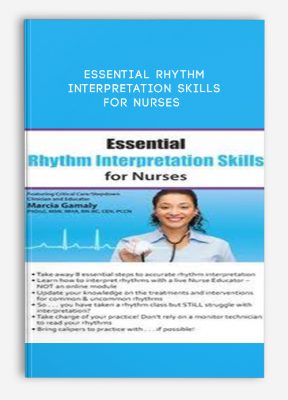
Essential Rhythm Interpretation Skills for Nurses from Marcia Gamaly

Faculty:Marcia Gamaly
Duration:Full Day | Format:Audio and Video
Archive : Essential Rhythm Interpretation Skills for Nurses from Marcia Gamaly
Get Essential Rhythm Interpretation Skills for Nurses from Marcia Gamaly on Salaedu.com
Outline:
- Telemetry lead placement and management
- Appropriate placement for 3-, 4-, 5- and 6-lead systems
- VIDEO: Lead placement
- Current recommendations for lead management
- Alarm management
- Patient safety issue
- Joint Commission National Patient Safety Goal
- VIDEO: Tips to minimize alarming
- Rhythm interpretation
- Cardiac anatomy
- Cardiac conduction system
- Measurement tips
- 8 steps to interpretation
- Sinus rhythms
- Sinus rhythm
- Sinus bradycardia
- Sinus tachycardia
- Sinus arrhythmia
- Sinus blocks and sinus arrest
- VIDEO: Pacer pad placement
- Atrial rhythms
- Premature Atrial Contractions (PACs)
- Atrial tachycardia
- Atrial flutter
- Atrial fibrillation
- Wandering Atrial Pacemaker (WAP)
- VIDEO: Cardioversion
- Junctional rhythms
- Junctional rhythm
- Accelerated junctional
- Junctional tachycardia
- Junctional escape beat
- Premature Junctional Contractions (PJCs)
- Ventricular rhythms
- Ventricular rhythm
- Accelerated ventricular
- Ventricular tachycardia
- Premature Ventricular Contractions (PVCs)
- Torsades de Pointes
- Ventricular fibrillation
- Asystole
- VIDEO: Code 99 management
- VIDEO: Defibrillation
- Heart blocks
- 1st degree
- 2nd degree – Type I
- 2nd degree – Type II
- 3rd degree
- VIDEO: Transcutaneous pacemaker management
- Pacemakers
- A-paced
- V-paced
- AV-paced
Get Essential Rhythm Interpretation Skills for Nurses from Marcia Gamaly on Salaedu.com
Description:
- Take away 8 essential steps to accurate rhythm interpretation
- Learn how to interpret rhythms with a live Nurse
- Educator – NOT an online module
- Update your knowledge on the treatments and interventions for common & uncommon rhythms
- So . . . you have taken a rhythm class but STILL struggle with interpretation?
- Take charge of your practice! Don’t rely on a monitor technician to read your rhythms
Your patient has just arrived onto the unit, and you are placing them on the remote telemetry pack. The telemetry monitor at the nursing station is ringing loudly, and you hear your name being called about your patient’s rhythm. Panic sets in…. Will you be able to correctly interpret the rhythm?!
Learn from nurse clinician, Marcia Gamaly, PhD(c), MSN, MHA, RN-BC, CEN, PCCN, during this unique learning opportunity. Through analysis of actual patient rhythm strips, you will return to work with new insights that will dramatically impact patient care outcomes.
- Don’t fear calls from the physician asking what the patient’s rhythm is! Improve your skills so
- you can accurately respond to physician questions.
- Develop confidence in your rhythm interpretation – for every complicated patient entrusted to your care.
- Anticipate medications and interventions needed for a variety of rhythms.
- Improve patient outcomes through quick identification and management of arrhythmias.
- Health and Medical course
More information about Medical:
Medicine is the science and practice of establishing the diagnosis, prognosis, treatment, and prevention of disease.
Medicine encompasses a variety of health care practices evolved to maintain and restore health by the prevention and treatment of illness.
Contemporary medicine applies biomedical sciences, biomedical research, genetics, and medical technology to diagnose, treat, and prevent injury and disease,
typically through pharmaceuticals or surgery, but also through therapies as diverse as psychotherapy, external splints and traction, medical devices, biologics, and ionizing radiation, amongst others.Medicine has been around for thousands of years, during most of which it was an art (an area of skill and knowledge) frequently having connections to the religious and
philosophical beliefs of local culture. For example, a medicine man would apply herbs and say prayers for healing, or an ancient philosopher and physician would apply bloodletting according to the theories of humorism.
In recent centuries, since the advent of modern science, most medicine has become a combination of art and science (both basic and applied, under the umbrella of medical science).
While stitching technique for sutures is an art learned through practice, the knowledge of what happens at the cellular and molecular level in the tissues being stitched arises through science. - More Course: FITNESS – HEALTH – MEDICAL
Outstanding Course:Advanced Critical Care Nursing Conference from Cyndi Zarbano, Dr. Paul Langlois & Marcia Gamaly
1 review for Essential Rhythm Interpretation Skills for Nurses from Marcia Gamaly
Add a review Cancel reply
Related products
HEALTH - FITNESS - LIFESTYLE - MEDICAL
HEALTH - FITNESS - LIFESTYLE - MEDICAL
Somatic Interventions for Treating Complex Trauma with Janina Fisher, Ph.D. from Janina Fisher
HEALTH - FITNESS - LIFESTYLE - MEDICAL
Fast Confidence [How To Be More Confident │Confidence Building] from Sharon Melnick, Ph.D.
HEALTH - FITNESS - LIFESTYLE - MEDICAL
HEALTH - FITNESS - LIFESTYLE - MEDICAL
HEALTH - FITNESS - LIFESTYLE - MEDICAL
HEALTH - FITNESS - LIFESTYLE - MEDICAL

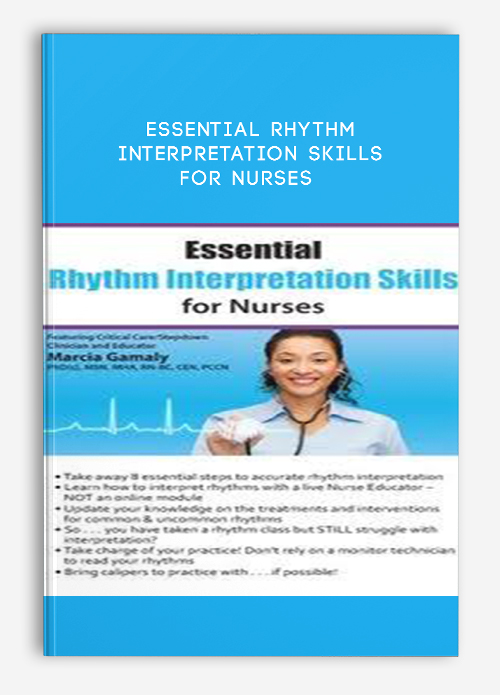
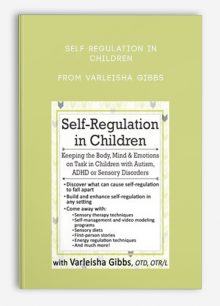
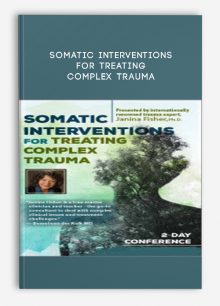
![Fast Confidence [How To Be More Confident │Confidence Building] from Sharon Melnick, Ph.D.](https://tradersoffer.forex/wp-content/uploads/2017/05/Sharon-Melnick-Ph.D.-Fast-Confidence-How-To-Be-More-Confident-│Confidence-Building-220x261.png)

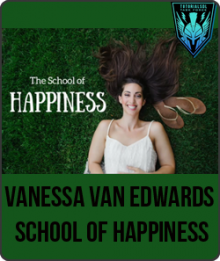
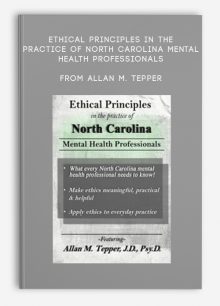


king –
We encourage you to check Content Proof carefully before paying.
“Excepted” these contents: “Online coaching, Software, Facebook group, Skype and Email support from Author.”
If you have enough money and feel good. We encourage you to buy this product from the original Author to get full other “Excepted” contents from them.
Thank you!